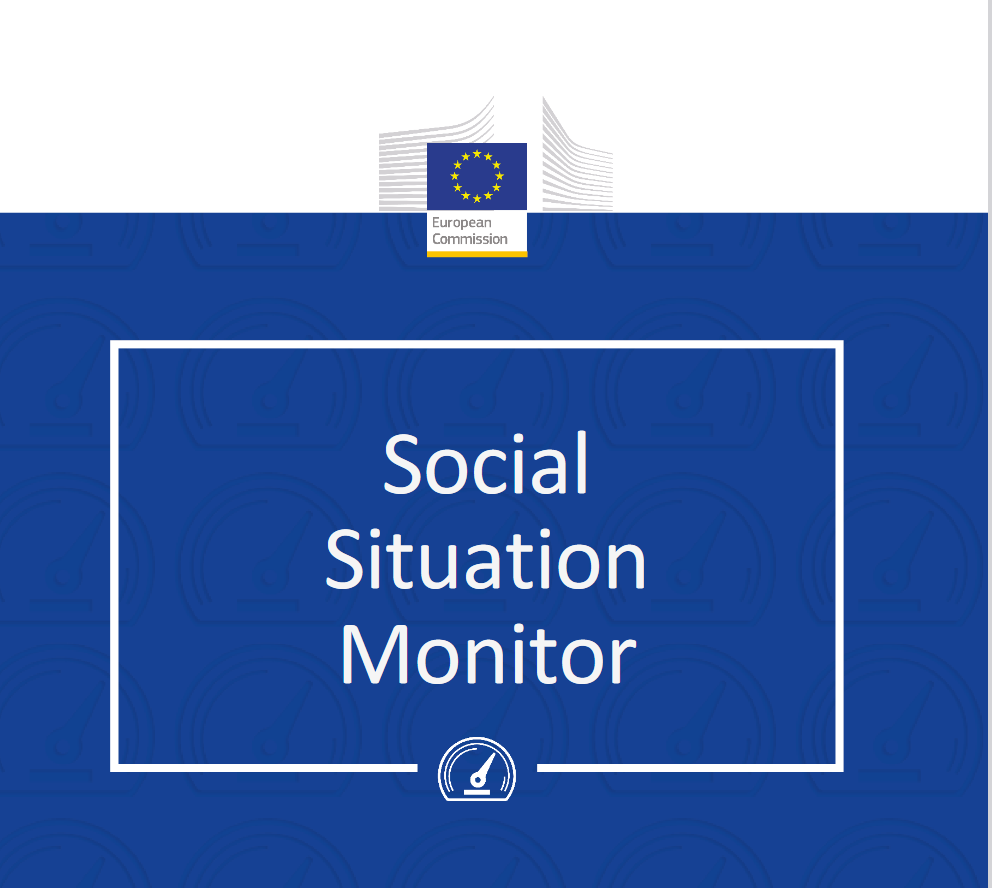Fialová, Kamila. 2024. Low-wage employment in Central and Eastern European Member States. Brussels: European Commission. 80 str. ISBN 978-92-68-18105-8. DOI 10.2767/001750. [cit. 10.10.2024]Available from: https://ec.europa.eu/social/main.jsp?catId=738&langId=en&pubId=8615&furtherPubs=yes
his research note offers a comprehensive view of low-wage employment and its determinants, comparing Central and Eastern European (CEE) and Western European (WE) EU Member States. For some workers, low wage (defined as less than two-thirds of the national median wage) is merely a transitional phase towards higher-paying jobs, while others receive low wages for longer periods. Using the EU Statistics on Income and Living Conditions (EU-SILC) data for 2004-2019, this study investigates the incidence and persistence of low-wage employment, including the effects of individual characteristics, and institutional and macroeconomic factors.
Low-wage employment exhibits a significant degree of persistence in the European Union, affecting some specific groups particularly strongly. In Central and Eastern Europe (CEE), the proportion of low-paid workers (18.1%) is higher compared to Western Europe (WE) (13.5%) and, also, working in a low-paying job in CEE increases the probability of staying in a low-paid position in future significantly more than in WE (16.9 percentage points in CEE compared to 5.9 percentage points in WE).
The key individual characteristics that determine the likelihood of earning low wages and the chances of remaining in low-wage employment are gender, age, and education. Having more education is a stronger driver reducing the incidence and persistence of low-wage employment in CEE, compared to WE.
While in WE, younger workers face a higher likelihood of being low-paid and remaining in low-paying jobs, in CEE, both younger and older workers are more prone to low-wage employment and prolonged periods of low wages, compared to workers aged 40-44.
Stronger trade unions, higher minimum wages, larger spending on social policies, and tighter labour markets with more job opportunities tend to be associated with less widespread low wages and/or lower persistence of low-wage employment across EU Member States.
